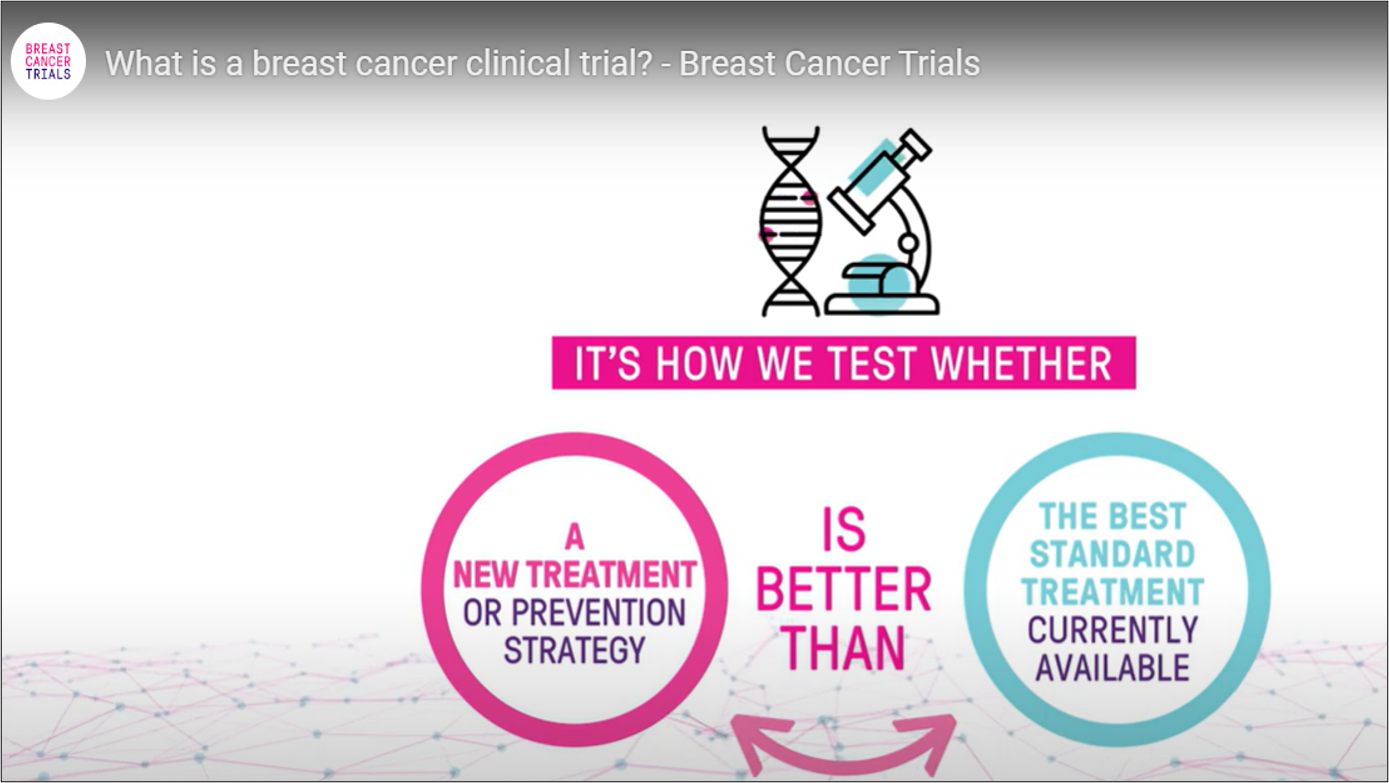Professor Prudence Francis's dedication to young women with breast cancer is transforming treatment and saving lives. Her global trials of hormone therapy are a game changer in the fight against high-risk breast cancer.
Witnessing heartbreaking experiences of young women with breast cancer drove Professor Prudence Francis to lead the world’s biggest trials of hormone treatment options. The global collaboration has demonstrated the value of ovarian suppression treatment, particularly in very young women with high-risk breast cancer. This treatment regime—now being applied in clinics—reduces cancer recurrence and saves lives.
“To see that you can actually impact survival in young women, that is what it’s all about,” said Professor Francis, a prominent oncologist with the Peter MacCallum Cancer Centre and St Vincent's Hospital Melbourne.
Breast cancer is more common in older women; however, in Australia every day approximately 3 women under 40 years old are diagnosed. Women with oestrogen-sensitive breast cancer diagnosed under 35 have a worse prognosis than older premenopausal women aged 35–50.[1]
For decades it was unclear whether stopping oestrogen production from the ovaries was beneficial when added to other drug treatments for breast cancer in young women. Researchers set out to determine whether temporarily inducing a postmenopausal state in premenopausal women could also allow for the use of more effective hormone therapies, such as aromatase inhibitors, which deliver better results than traditional treatment. The completion of the SOFT and TEXT[2] premenopausal randomised adjuvant breast cancer trials represent the culmination of over 2 decades of Professor Francis’s tireless dedication to better cancer treatment for young women.

“I sent the first email to statistical colleagues in Boston in 1999 with the kernel of the idea. From there we’ve brought on numerous breast cancer groups and hundreds of institutions internationally and recruited almost 6,000 young women. At the time, global collaboration between groups was rare,” said Professor Francis.

Professor Francis says that the sense of camaraderie is one reason she stayed in cancer medicine after junior doctor rotations. The other reason is the patients and consumer advocacy groups who continue to inspire her.
“Patients are often grateful for the chance to be on a trial, despite knowing they may randomly get the new or the standard treatment. Patients drive our learning and help us design research in a way that's meaningful for patients as well as for doctors. They’re focused on leaving a legacy for their daughters’ generation and beyond.”
The work has led to advancing clinical practices and transforming how clinicians advise patients, moving away from a one-size-fits-all approach to more personalised treatment strategies. The research has achieved global impact. It’s published in the New England Journal of Medicine and is inspiring changes to treatment guidelines around the world.
Next steps
Professor Francis and her colleagues are planning a further and final analysis of the long-term breast cancer outcomes and survival from the SOFT and TEXT trials in 2025. Tumour samples from patients enrolled in these clinical trials are being studied to better understand the reasons for worse outcomes in very young women. Results will provide the impetus for new trial designs with the goal of trying to optimise their future care and outcomes. Future trial sub studies will assess additional aspects such as fertility after such breast cancer treatments.
- Chief investigator: Professor Prudence Francis
- Research team: Professor John Forbes, Professor Alan Coates, Professor Frances Boyle and Associate Professor Nicholas Wilcken
- Administering institution: Peter MacCallum Cancer Centre | University of Melbourne
- Grant information: Project Grant, (2016–2022), $753,046.
[1] National Breast Cancer Foundation. Breast Cancer in Young Women [website], Breast Cancer In Young Women to: Breast Cancer in Young Women (Symptoms & Risks) | NBCF
[2] Suppression of Ovarian Function Trial (SOFT) and Tamoxifen and Exemestane Trial (TEXT)